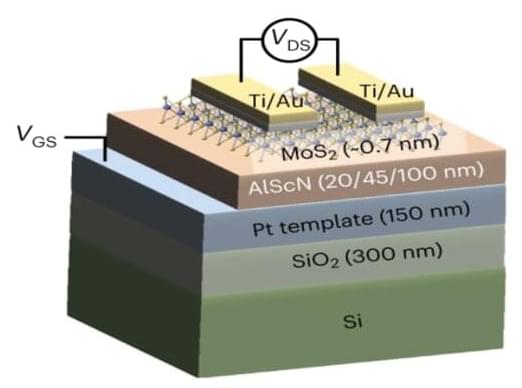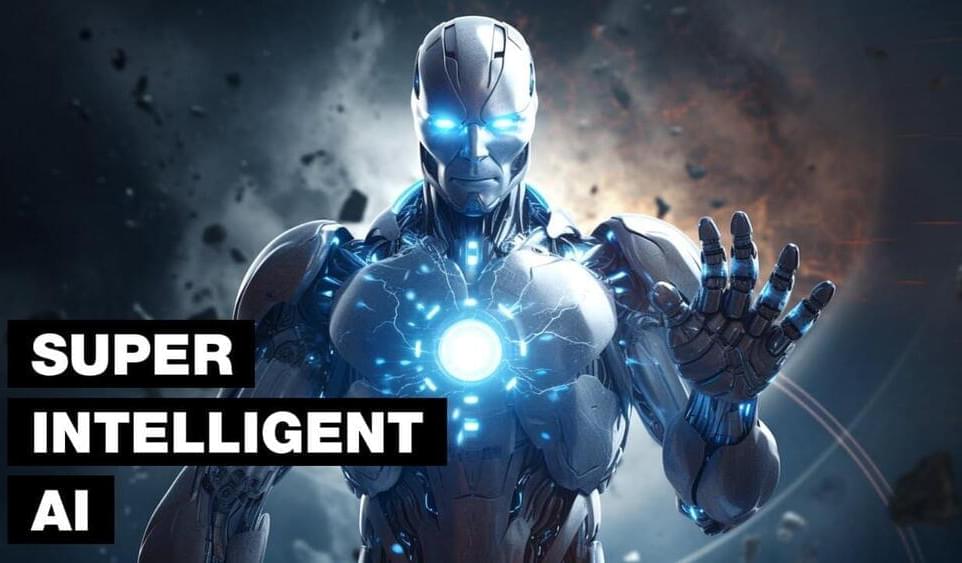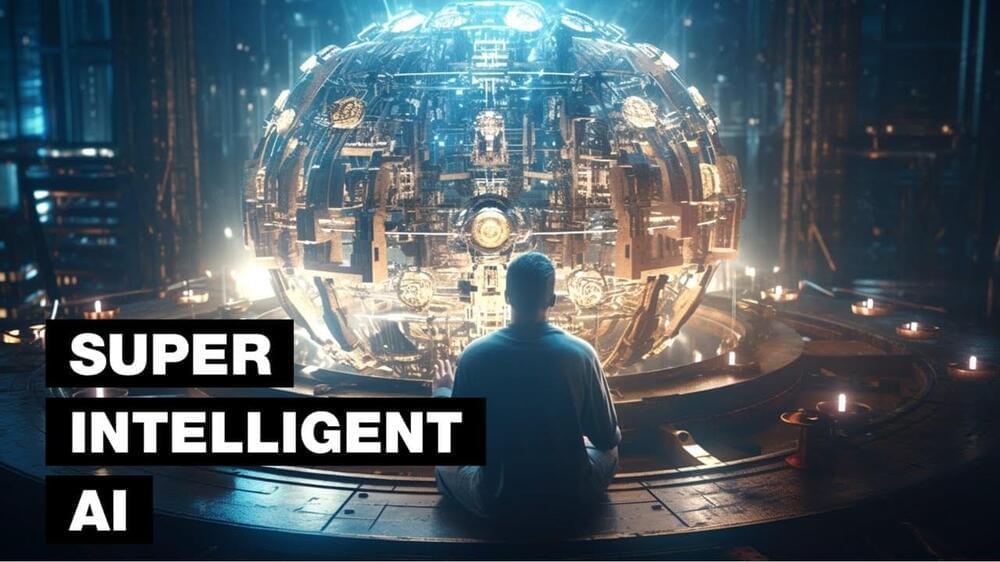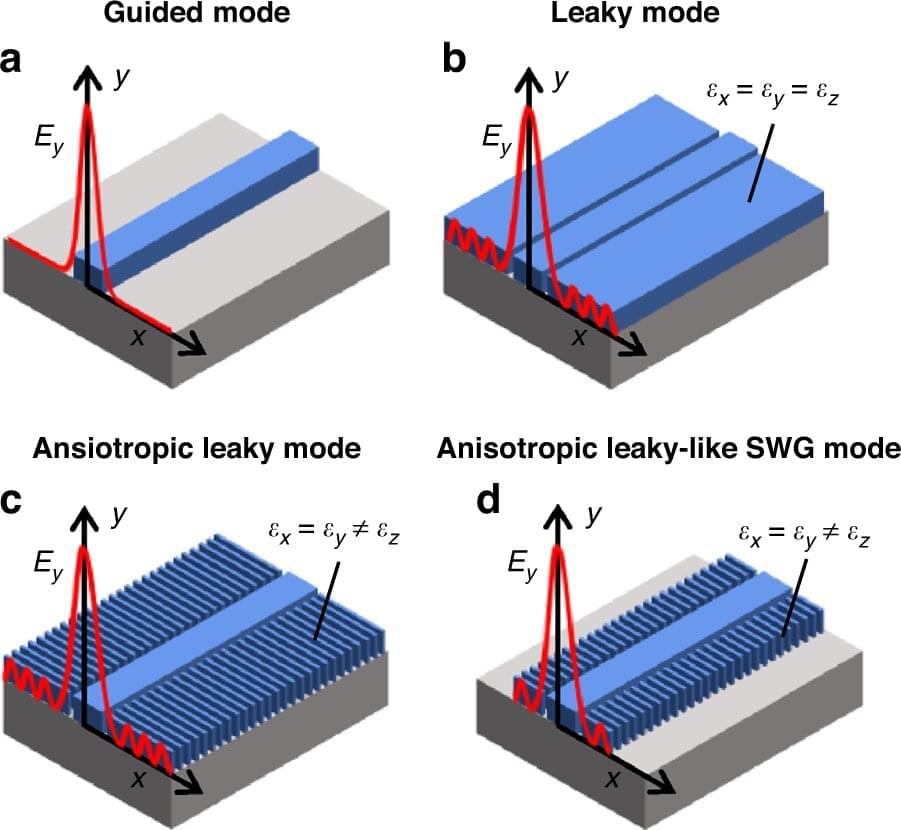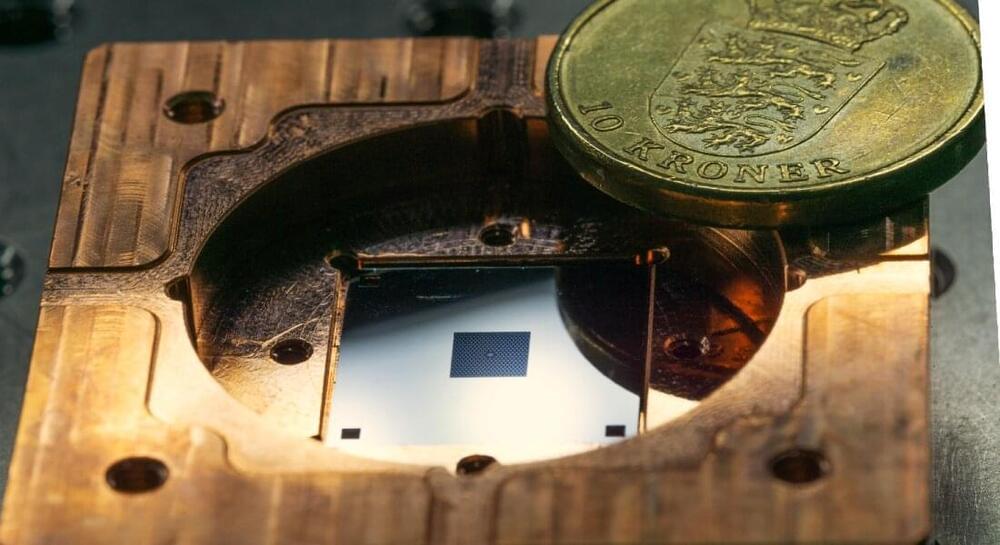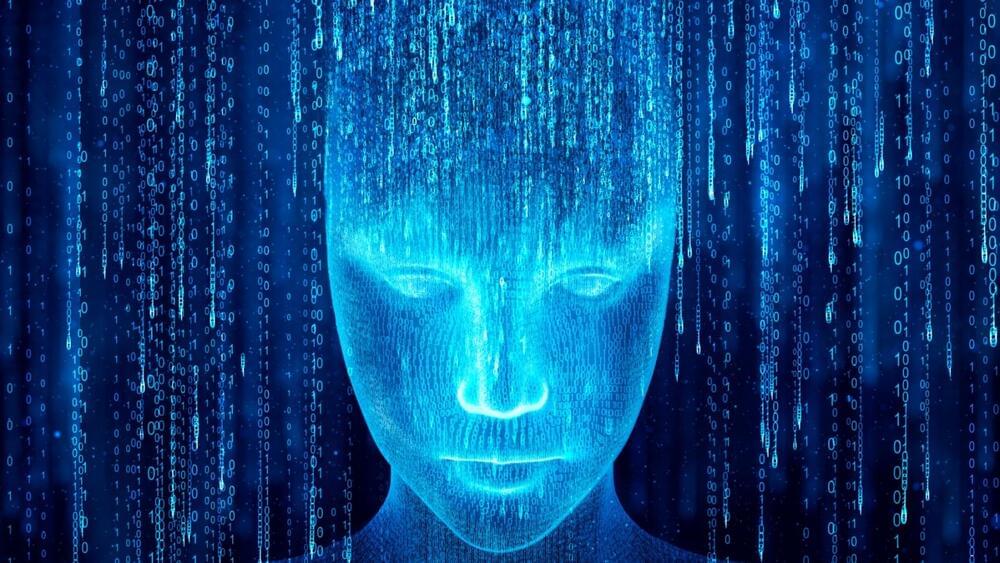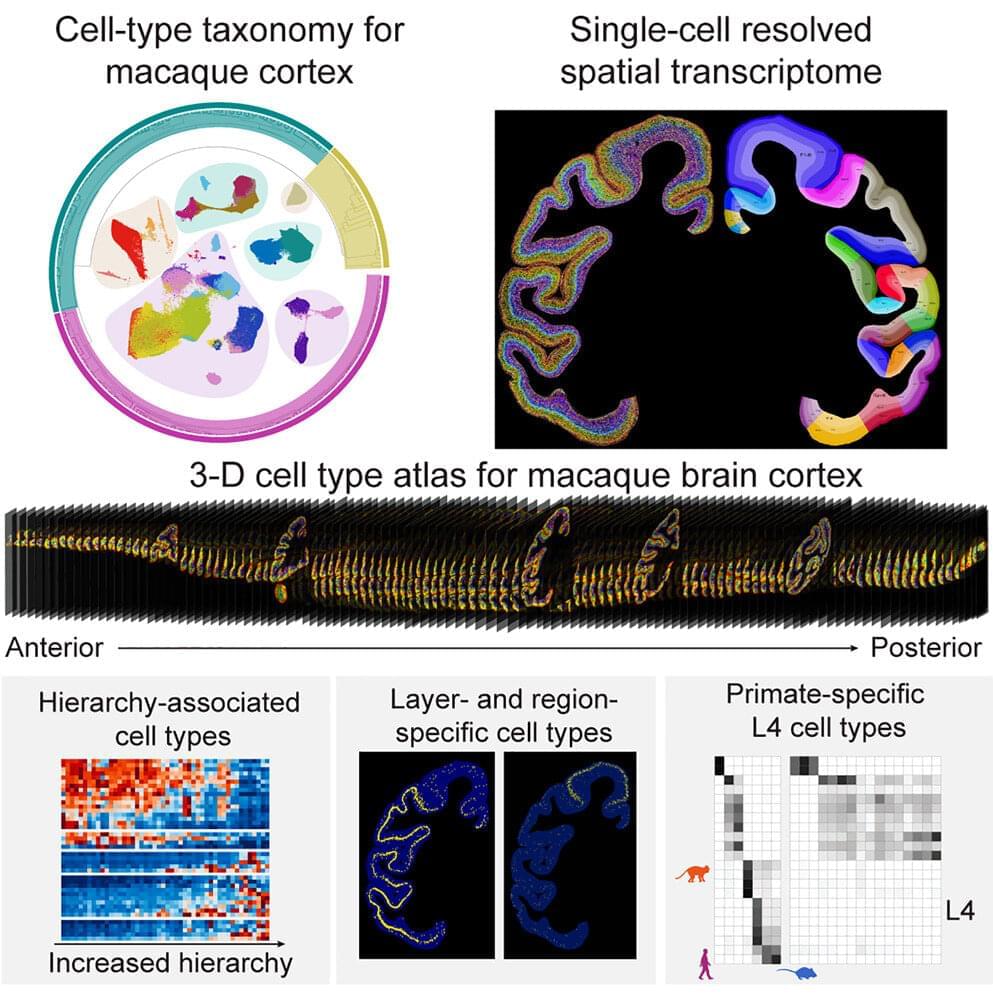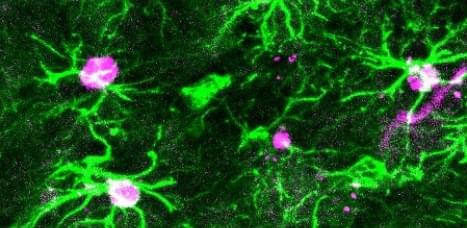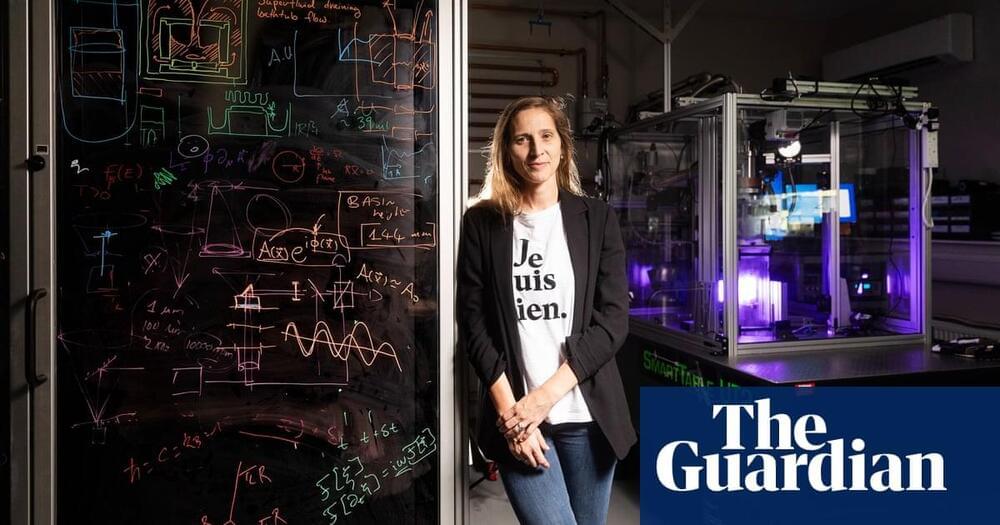Jul 14, 2023
A ferroelectric transistor that stores and computes at scale
Posted by Jose Ruben Rodriguez Fuentes in categories: computing, information science
The Big Data revolution has strained the capabilities of state-of-the-art electronic hardware, challenging engineers to rethink almost every aspect of the microchip. With ever more enormous data sets to store, search and analyze at increasing levels of complexity, these devices must become smaller, faster and more energy efficient to keep up with the pace of data innovation.
Ferroelectric field effect transistors (FE-FETs) are among the most intriguing answers to this challenge. Like traditional silicon-based transistors, FE-FETs are switches, turning on and off at incredible speed to communicate the 1s and 0s computers use to perform their operations.
But FE-FETs have an additional function that conventional transistors do not: their ferroelectric properties allow them to hold on to electrical charge.
